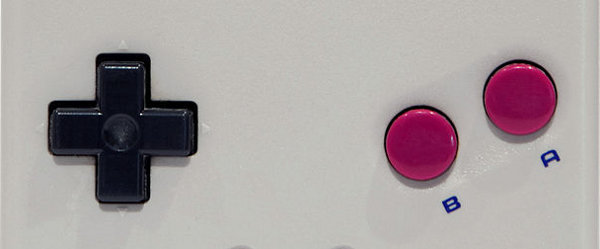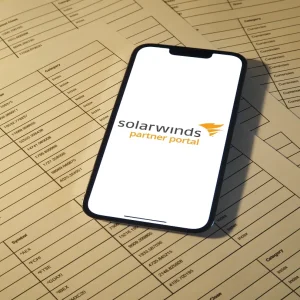
Twenty-five years ago yesterday, Nintendo released a device that would change the nature of handheld consoles forever – the Game Boy.
The grey, blocky brick and the black and white pixels that filled its tiny screen delighted millions of children after its 1989 release, selling 118.69 million if you count copies of its successor, the Advance, before the range was discontinued in March 2003.

But while the basic nature of its four operational buttons (‘A’, ‘B’, ‘START’ and ‘SELECT’) hark back to a simpler era of side-scroll games, Nintendo made sure gamers weren’t left wanting for a lack of of accessories.
Over the last quarter-century, the company and other game developers have released around 20 add-ons for the Game Boy.
Here’s five of the weirdest.
Magnifying Glass
The Game Boy had a tiny 2.6-in screen, and is probably responsible for diminished eyesight among 20- and 30-year-olds everywhere (we may just have stumbled on the correlation between geeks and spectacles).
As gamers’ sight quickly deteriorated, Nintendo released a magnifying glass nearly as chunky as the Game Boy itself. The kit also included a light for after dark gaming sessions, requiring another two AA batteries to power it. They were necessary though, because using such a clumsy add-on in the dark solitude of your bedroom was really the only way to avoid the just ridicule of your peers.
Pocket Camera
Released in 1998, the pocket camera enabled gamers to turn their Game Boy into a really, really crappy camera. Photos of anything would immediately look like ancient CCTV images of shoplifters, so grainy they would never stand up in court. The 256×224-pixel images used the full range of Game Boy’s four-palette colour system, covering every colour from black to white, except for any colour not black or white, or a weird olive green.

Picture from Wikipedia
At least the cameras themselves came in primary colours – red, green and blue, as well as yellow and purple (the last in Japan only).
It broke the Guiness World Record in 1999 for being the world’s smallest digital camera, but a proposed successor for the Advance, called GameEye, which would have taken colour pictures, never saw release.
Game Boy Printer
For five years between 1998 and 2003, Nintendo challenged the giants of printing with its very own device. Well, not quite. The Game Boy Printer used thermal printing technology to produce hard copies of images from later-generation games like some of the Pokemon games and Super Mario Bros Deluxe.

But its real selling point was that it linked up with the camera to print pictures on rolls of tiny, adhesive-backed thermal paper less than 4cm wide – using six AA batteries to do the job. We’re surprised Nintendo didn’t release another magnifying glass to view the print-outs through.
Game Link Cable
Possibly the most sensible accessory on our list, the adapter was also pretty cool, allowing up to four players to play certain Game Boy titles with each other. It connected to player one’s Game Boy via a cable that leads into a grey hub, into which players two, three and four plug their consoles
 .
.
The cable inspired designer Satoshi Tajiri to come up with Pokemon Red and Blue. Released in 1996, you had to use the link cable to trade and battle with players who owned the other version in order to catch ’em all.
Pocket Sonar – (for fans of fishing)
Yes, you heard us right. Bandai released the Game Boy Pocket Sonar to allow avid anglers to use their Game Boys to locate fish.

Yes, this is actually true. We’re not making this up. Who knows how this made it to production, but we’re glad it did. The pocket sonar allowed anglers rubbish at their favourite sport to locate fish at depths of up to 20 metres.
The add-on then displayed the fish’s location on the Game Boy screen (hopefully the hobbyists didn’t leave their magnifying glass at home). Sadly this amazing device only ever retailed in Japan, and for a hefty $115.







